Audi Q2 vs Kia Niro – Which car suits you better?
Two cars, one duel: Audi Q2 meets Kia Niro.
Which one wins in performance, efficiency and value for money? Find out now!
Costs and Efficiency:
Price and efficiency are often the first things buyers look at. Here it becomes clear which model has the long-term edge – whether at the pump, the plug, or in purchase price.
Audi Q2 has a to a small extent advantage in terms of price – it starts at 24900 £, while the Kia Niro costs 29100 £. That’s a price difference of around 4277 £.
Fuel consumption also shows a difference: Kia Niro manages with 2.40 L and is therefore decisively more efficient than the Audi Q2 with 4.80 L. The difference is about 2.40 L per 100 km.
Engine and Performance:
Power, torque and acceleration say a lot about how a car feels on the road. This is where you see which model delivers more driving dynamics.
When it comes to engine power, the Audi Q2 has a clearly perceptible edge – offering 300 HP compared to 180 HP. That’s roughly 120 HP more horsepower.
In acceleration from 0 to 100 km/h, the Audi Q2 is convincingly quicker – completing the sprint in 4.90 s, while the Kia Niro takes 9.90 s. That’s about 5 s faster.
In terms of top speed, the Audi Q2 performs evident better – reaching 250 km/h, while the Kia Niro tops out at 185 km/h. The difference is around 65 km/h.
There’s also a difference in torque: Audi Q2 pulls distinct stronger with 400 Nm compared to 265 Nm. That’s about 135 Nm difference.
Space and Everyday Use:
Beyond pure performance, interior space and usability matter most in daily life. This is where you see which car is more practical and versatile.
Both vehicles offer seating for 5 people.
In curb weight, Audi Q2 is a bit lighter – 1330 kg compared to 1474 kg. The difference is around 144 kg.
In terms of boot space, the Kia Niro offers somewhat more room – 451 L compared to 405 L. That’s a difference of about 46 L.
In maximum load capacity, the Kia Niro performs clearly perceptible better – up to 1445 L, which is about 395 L more than the Audi Q2.
When it comes to payload, Audi Q2 minimal takes the win – 510 kg compared to 466 kg. That’s a difference of about 44 kg.
Who wins the race?
The Audi Q2 proves to be leads convincingly overall and therefore becomes our DriveDuel Champion!
Audi Q2 is the better all-rounder in this comparison.
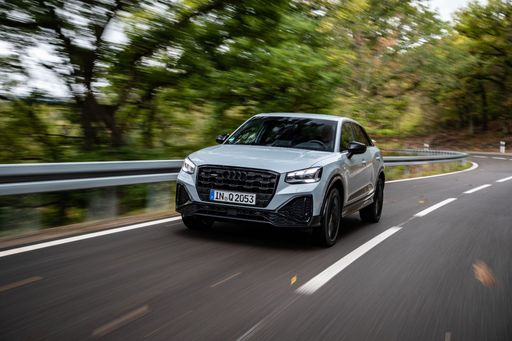 @ Audi AG
@ Audi AG
Audi Q2
Audi Q2
The Audi Q2 packs Audi’s premium attitude into a compact, cheeky package that turns city streets into a runway for tasteful design and clever practicality. It’s an easy car to live with thanks to an upscale cabin, composed manners and sprightly handling, and while it won’t satisfy someone chasing sports-car thrills, it’s a smart, stylish pick for buyers who want substance with a wink.
details @ Audi AG
@ Audi AG
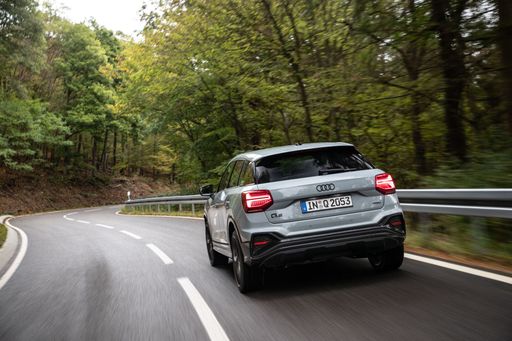 @ Audi AG
@ Audi AG
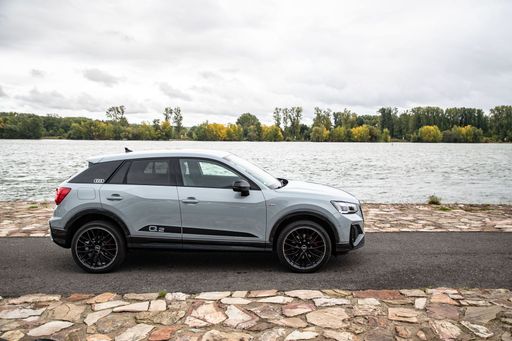 @ Audi AG
@ Audi AG
 @ Audi AG
@ Audi AG
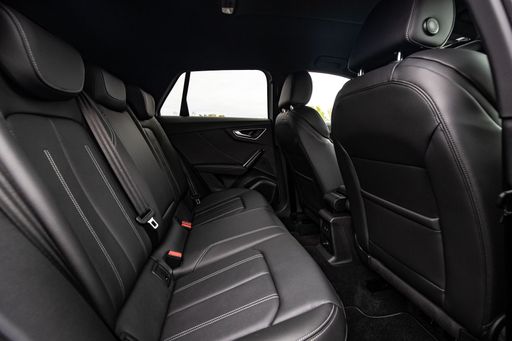 @ Audi AG
@ Audi AG
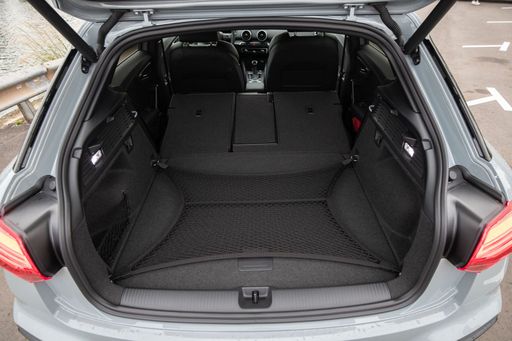 @ Audi AG
@ Audi AG
Kia Niro
The Kia Niro blends clever packaging and modern styling into a compact crossover that’s refreshingly sensible for daily life. It’s comfortable, economical and packed with user‑friendly tech, so if you want a fuss‑free family car with a touch of green credibility, the Niro is worth a test drive.
details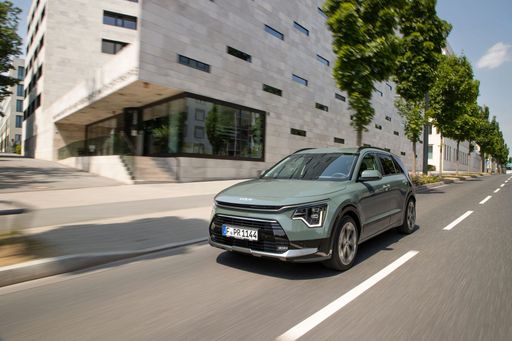 @ Kia Corporation
@ Kia Corporation
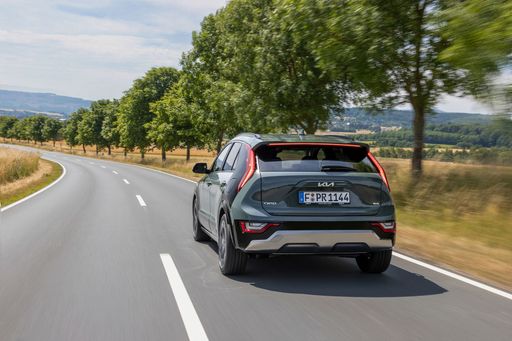 @ Kia Corporation
@ Kia Corporation
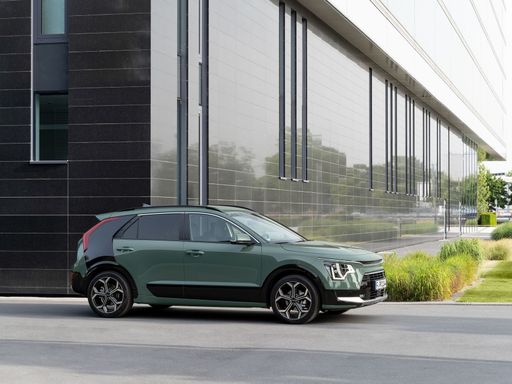 @ Kia Corporation
@ Kia Corporation
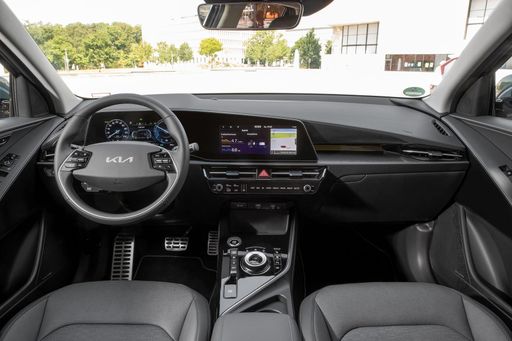 @ Kia Corporation
@ Kia Corporation
 @ Kia Corporation
@ Kia Corporation
 @ Audi AG
@ Audi AG
|
 @ Kia Corporation
@ Kia Corporation
|
|
|
|
Costs and Consumption |
|
|---|---|
|
Price
24900 - 43600 £
|
Price
29100 - 38600 £
|
|
Consumption L/100km
4.8 - 8.1 L
|
Consumption L/100km
2.4 - 4.9 L
|
|
Consumption kWh/100km
-
|
Consumption kWh/100km
-
|
|
Electric Range
-
|
Electric Range
57 - 62 km
|
|
Battery Capacity
-
|
Battery Capacity
1.3 - 11.1 kWh
|
|
co2
127 - 183 g/km
|
co2
53 - 111 g/km
|
|
Fuel tank capacity
50 - 55 L
|
Fuel tank capacity
37 - 42 L
|
Dimensions and Body |
|
|---|---|
|
Body Type
SUV
|
Body Type
SUV
|
|
Seats
5
|
Seats
5
|
|
Doors
5
|
Doors
5
|
|
Curb weight
1330 - 1610 kg
|
Curb weight
1474 - 1594 kg
|
|
Trunk capacity
355 - 405 L
|
Trunk capacity
348 - 451 L
|
|
Length
4208 - 4216 mm
|
Length
4420 mm
|
|
Width
1794 - 1802 mm
|
Width
1825 mm
|
|
Height
1495 - 1508 mm
|
Height
1545 mm
|
|
Max trunk capacity
1000 - 1050 L
|
Max trunk capacity
1342 - 1445 L
|
|
Payload
450 - 510 kg
|
Payload
466 kg
|
Engine and Performance |
|
|---|---|
|
Engine Type
Petrol, Diesel
|
Engine Type
Full Hybrid, Plugin Hybrid
|
|
Transmission
Manuel, Automatic
|
Transmission
Automatic
|
|
Transmission Detail
Manual Gearbox, Dual-Clutch Automatic
|
Transmission Detail
Dual-Clutch Automatic
|
|
Drive Type
Front-Wheel Drive, All-Wheel Drive
|
Drive Type
Front-Wheel Drive
|
|
Power HP
116 - 300 HP
|
Power HP
138 - 180 HP
|
|
Acceleration 0-100km/h
4.9 - 10.5 s
|
Acceleration 0-100km/h
9.9 - 11.4 s
|
|
Max Speed
197 - 250 km/h
|
Max Speed
170 - 185 km/h
|
|
Torque
200 - 400 Nm
|
Torque
265 Nm
|
|
Number of Cylinders
3 - 4
|
Number of Cylinders
4
|
|
Power kW
85 - 221 kW
|
Power kW
102 - 132 kW
|
|
Engine capacity
999 - 1984 cm3
|
Engine capacity
1580 cm3
|
General |
|
|---|---|
|
Model Year
2025
|
Model Year
2025
|
|
CO2 Efficiency Class
D, F, E, G
|
CO2 Efficiency Class
C, B
|
|
Brand
Audi
|
Brand
Kia
|
What drivetrain options does the Audi Q2 have?
The Audi Q2 is offered with Front-Wheel Drive or All-Wheel Drive.
The prices and data displayed are estimates based on German list prices and may vary by country. This information is not legally binding.
